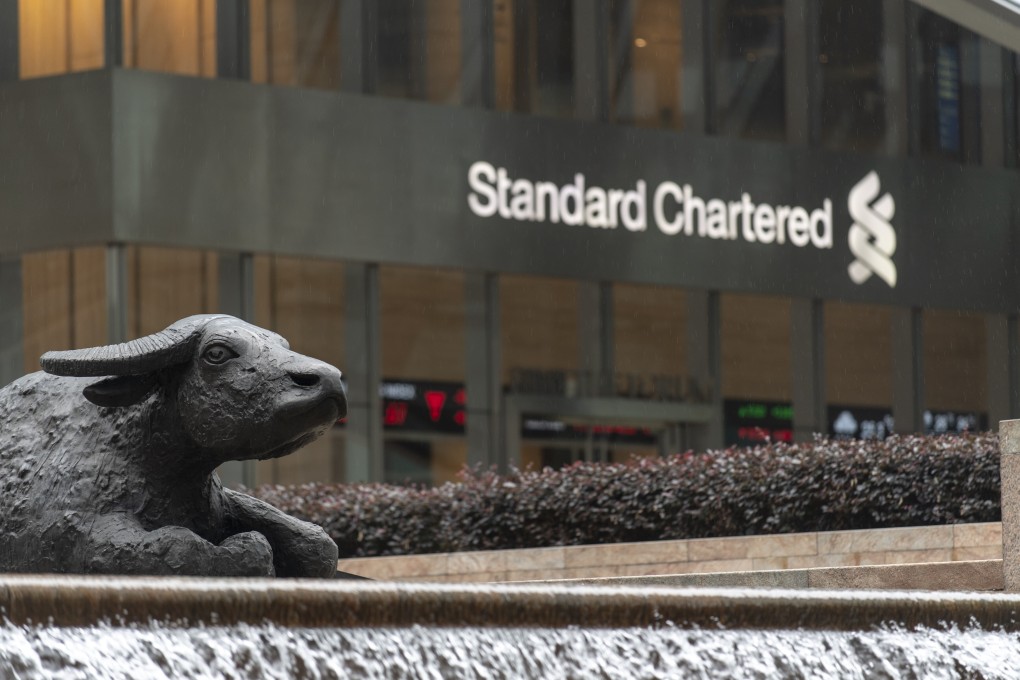Standard Chartered will revamp its Hong Kong branches without shrinking its network, says local CEO
- The bank aims to maintain the same number of branches, as it found there is still strong demand for in-person banking services
- The revamped branches will have more private rooms for wealth management meetings and will eliminate use of paper forms

Standard Chartered will revamp its 70 branches in Hong Kong but has no plans to reduce the size of its network as there is still strong demand for in-person banking services, according to its Hong Kong chief executive.
One of three note-issuing banks in the city, Standard Chartered opened its first branch in 1859, and now has one of the largest branch networks in Hong Kong.
It is now planning to make its branches paperless and tailor-made to different client segments, said Mary Huen Wai-yi.
“We want to see the branch operations become transaction-green by eliminating paper forms and using more digital methods to serve customers. We will also build more private rooms at some branches to allow customers to have a meeting with their wealth managers,” she said in a post-results briefing.

The bank may relocate some branches, with some possible additions and closures. However, it aims to keep the number at 70.
“We are comfortable with this number of branches. While there were 25 per cent less visitors at our branches last year due to the Covid-19 pandemic, many customers still demand physical branches to handle their wealth management, investment and other banking transactions,” she said.